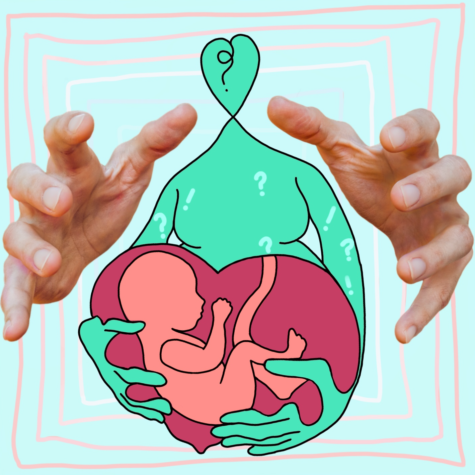‘Masked Violence’ exhibit opens in Lavin-Bernick Center
March 23, 2022

Last week, “Masked Violence: An All In Student Grant Project,” a collaborative art exhibit dedicated to promoting sexual assault awareness, opened to the public in the Lavin-Bernick Center from March 16 to March 20 where nearly 30 art pieces were on display.
“Tulane has the reputation of being such a fun school [with some of the] happiest students in America,” Sophi Lucille, sophomore and “Masked Violence” project director, said. “How is it also [that] one out of every three [women] is getting raped while they’re here?”
In 2017, Tulane University released a climate survey in which 47% of the student body responded. Upon evaluation, administration identified the “deeply disturbing” levels of sexual violence on campus and, in response, implemented new prevention programming alongside their development of the Wave of Change campaign.
Part of Tulane’s commitment to stop all forms of sexual violence emerged in the form of a website, All In, which lists resources along with ways to engage with the community. One support group, the All In Student Coalition, is a intersectional organization that aims to address the issues of sexual assault through increased collaboration between student organizations, staff and administration.
Last year, Lucille said her and her friend came across an advertisement for a grant project under the All In Student Coalition that agreed to fund any project relating to sexual violence.
“I didn’t exactly know what to do,” Lucille said. “I think it’s interesting that I came up with an exhibition because I’m not an artist in the slightest … But I [wondered,] what’s a way that it can get the most [community engagement.]”
Lucille said her goal was to amplify voices that had been previously silenced. She began working with the Title IX Office, the Sexual Aggression Peer Hotline and Education and the Well for Health Promotion to create an easily accessible platform for students to share their experiences and thoughts with the community.
“I really wanted it to be as informal and [as resemblant of] a community space as possible,” Lucille said. “We can’t move on until we first acknowledge what’s happening. At the moment it’s more of a like, we see what’s happening but we’re still normalizing it.”
The “Masked Violence” exhibit featured several paintings, a glass sculpture, paper mache pieces, poems and other forms of artistic expression. One individual even submitted an open letter to their perpetrator.
Lucille also wanted to incorporate an interactive element to her exhibit because of how the topic can often evoke strong emotions or trigger survivors.
“You’ll probably see the [pieces] and you’ll have something to say,” Lucille said. “Or maybe it’ll spark your own story.”
While bringing awareness to sexual violence is necessary to incite change, it can also be a difficult and triggering topic to address. Lucille designated a side room, staffed with members of SAPHE and abundant in arts and crafts, as a safe environment for attendants to take a break from the intense topic and decompress.
“Something that really stood out to me about this exhibit was the voice it gave to women and survivors,” freshman Annika Vanderspek said. “Not only through the artwork on display, but in the interactive piece where anyone could write or draw something. I really felt like it expressed this perspective that can be so hard for some people to understand, and it did it in an empowering way.”






















Leave a Comment